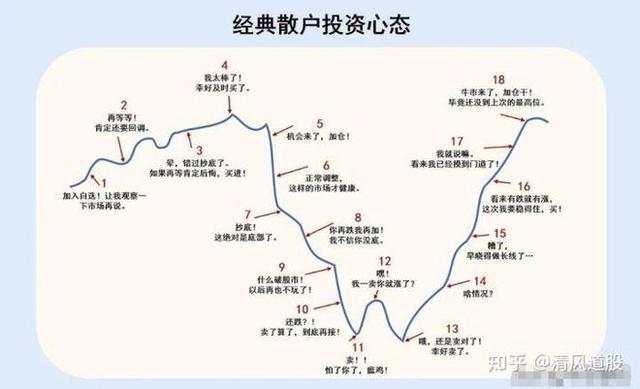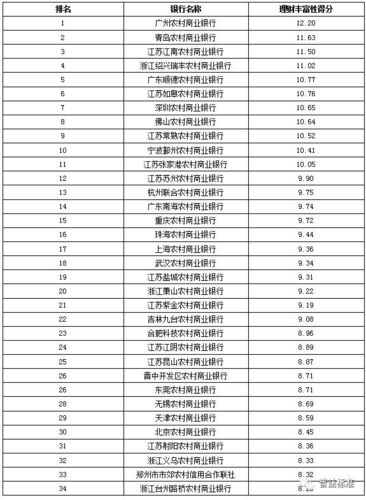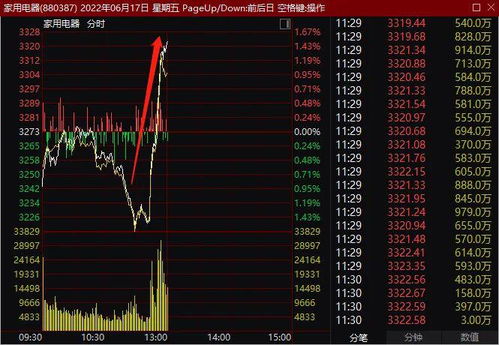退市后的股票去哪里了
Title: Investing in Delisted Stocks: Strategies and Considerations
When a stock is delisted, it means that it's no longer traded on the major stock exchanges like NYSE or NASDAQ. This can happen due to various reasons such as bankruptcy, failure to meet listing requirements, or mergers/acquisitions. Investing in delisted stocks can be risky, but for some investors, it also presents opportunities. Let's delve into strategies and considerations for investing in delisted stocks.
Understanding Delisting Reasons
Before investing in a delisted stock, understand why it was delisted in the first place. Bankruptcy, financial troubles, or regulatory issues may indicate underlying problems that could persist even after delisting. On the other hand, delisting due to a merger or acquisition may offer potential for value if the new entity is strong.
Assessing the Company's Prospects
Evaluate the company's prospects postdelisting. Are there turnaround efforts, new management, or restructuring plans? Look for signs of stability and growth potential. Companies with strong fundamentals and a clear path forward may present viable investment opportunities.
Market for Delisted Stocks
Delisted stocks often trade in the OverTheCounter (OTC) market or on Pink Sheets. These markets are less regulated and have lower liquidity compared to major exchanges. Be cautious of liquidity risks, as it may be challenging to buy or sell shares at desired prices.

Risk Management
Investing in delisted stocks carries higher risks. Set clear risk management strategies, such as diversification, position sizing, and stoploss orders. Only allocate a small portion of your portfolio to delisted stocks to limit potential losses.
Fundamental Analysis
Conduct thorough fundamental analysis. Review financial statements, earnings reports, and industry trends. Look for signs of financial stability, growth potential, and competitive advantages. Consider consulting with financial advisors or analysts for deeper insights.
Technical Analysis
Use technical analysis to identify entry and exit points. Analyze price charts, volume patterns, and support/resistance levels. Technical indicators like moving averages, RSI, and MACD can provide additional insights into market sentiment and trends.
LongTerm vs. ShortTerm Investing
Decide on your investment horizon. Longterm investors may focus on companies with strong fundamentals and growth prospects, holding through market fluctuations. Shortterm traders may capitalize on price volatility, using technical analysis for timely trades.
Regulatory and Legal Considerations
Be aware of regulatory and legal aspects when investing in delisted stocks. Understand OTC market rules, reporting requirements, and potential risks of investing in less regulated markets. Stay informed about any legal developments or corporate actions that may impact your investments.
Investor Sentiment and Sentiment Analysis
Consider investor sentiment and sentiment analysis. Monitor news, social media, and market sentiment indicators to gauge market sentiment towards delisted stocks. Positive sentiment coupled with strong fundamentals may indicate investment opportunities.
Patience and Due Diligence
Exercise patience and due diligence when investing in delisted stocks. Thoroughly research companies, assess risks, and stay updated on market developments. Avoid impulsive decisions and be prepared for potential volatility and uncertainty.
Conclusion
Investing in delisted stocks requires a careful approach, considering risks and potential rewards. Understand the reasons for delisting, assess the company's prospects, manage risks, conduct thorough analysis, and stay informed about market dynamics. Consult with financial professionals if needed and remain disciplined in your investment strategy.
股市动态
MORE>- 搜索
- 最近发表
-
- 深度解析,股票000977——挖掘未来投资价值的密码
- 宋佳在三页剧本中演绎百变情感,100多条的挑战与突破
- 深度解析,000153——揭秘这只潜力股的未来走向
- 东北大爷虎口脱险,一场意外背后的中韩文化交流盛宴
- 73岁王石独自带娃,展现父爱如山的另一面
- 揭秘000816,一只引领稳健增值的蓝筹金牛
- 宋仲基的双倍幸福,二胎女儿的温馨降临
- 探索西部建设的未来引擎,002302,推动中国西部崛起的新力量
- 虎鲨吞噬手机,一探究竟的第一视角记录
- 探索科技界的隐形冠军,兄弟科技,你的智能生活守护者
- 甘肃教育厅正核实小蜜蜂老师身份
- 深度解析——金融街,投资者的黄金地带与市场风向标
- 关宏峰被抓2小时,7年后才放出来
- 揭秘300042朗科科技,从光存储到智能驱动的创新旅程
- 深度解析,中国平安601318——你的长期稳健投资伙伴
- 胖东来员工购房新政策,责任与担当的实践
- 点亮未来之光,探索300102乾照光电的神奇科技之旅
- 医院CT等收费新规解读
- 揭秘钢铁世界的智慧引擎——探析300226上海钢联的行业影响力与未来展望
- 临沂巨响揭秘,神秘事件引发关注
- 深度解析,解读000718——探寻股市中的稳健白马股之路
- 78岁老太减持2.5亿股股票
- 揭秘601628中国人寿,守护国民财富的稳健力量
- 罕见之苹果首次曝光中国开发者收入
- 深度解析,华谊兄弟的转型之路与行业启示——探秘中国影视巨头的起落与未来展望
- 女子替丈夫讨薪泪洒匍匐地
- 深度解析,601857——中国建筑的稳健力量,投资者必看的行业趋势与投资策略
- 深度解析,探秘002436这只潜力股的崛起之路——从基本面到市场动态
- 关晓彤白玉兰荣耀时刻
- 春华秋实 打一个生肖_辅助分析解答:1182.3D.A31
- 名列前茅打一个生肖_精彩对决解析_实用版131.225
- 卡在这里打一个生肖:全面的解释解答-2024年10月/13_251.D9
- 要有承担勿累事_猜一生肖一句引发热议_网页版v038.073
- 卧虎成龙_引发热议与讨论_V32.99.87
- 鼠肚鸡肠打一个生肖_最佳精选解释落实:910.ISO.077
- 一码打一个生肖_最新答案解释落实_安装版v188.332





